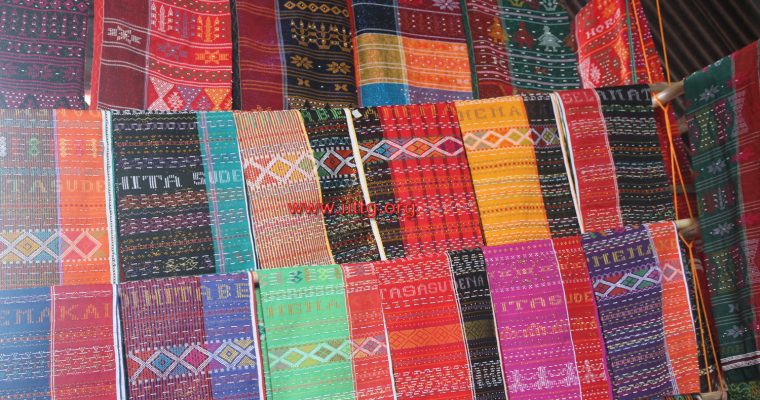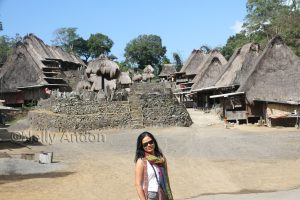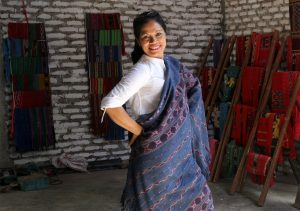Many of us who travelled to Lake Toba before April 2016 still remember the long unpleasant journey to reach this beautiful destination. Previously, travellers destined for Lake Toba had to endure the long 4 to 5 hours overland journey from Medan. Today, this is a thing of the past, unless you have opted to travel overland from Medan to Lake Toba.
On 22nd of March 2016, Silangit airport in Siborongborong, Tapanuli Utara region, was re-opened accommodating direct flights from the capital, Jakarta and many other parts of Indonesia. Once you have landed in Silangit, it takes only 25 to 30 minutes by car or bus to reach Balige (the largest city in Tobasa). The route is never too busy and the journey is truly pleasant passing through amazing countryside and villages.
Balige is the capital of Toba Samosir (Tobasa for short ). Here you will find several hotels and restaurants, some extremely basic but a few with fairly good facilities. We stayed only one night in Balige, and sadly our choice of hotel was truly disappointing. We booked a room at “Oppu Herti” hotel, in the centre of town weeks before we arrived, only to discover that the hotel was extremely noisy, dirty and the furniture was far below standard, extremely basic for the price we paid. Sadly we only spent one night in Balige, and it was too late to re-arrange our accommodation. However, we did investigate a few hotels nearby and found several which are lovely and clean. One of these was the new “Mutiara Hotel”, in Jalan Tarutung No. 120. Prices range from around Rp 300,000 to Rp.500,000. As a new hotel, the rooms are clean, the furniture and the bedding are good quality and the staff are very friendly. This is definitely a better value hotel for your money. It’s a good idea to ask to see the room and check it thoroughly ensuring before paying. If for any reason you are not happy with the hotels in Balige, there are also a few hotels in Porsea, a smaller town about 15 minutes’ drive away towards Parapat.
Tobasa has a few local markets and they are open daily. Most have stalls selling Ulos tenun. The largest market is Pasar Balige (Balige market), located right in the centre of town. The market buildings are really special, built in the style of traditional Batak houses, intricately designed and decorated with Gorga art normally found in very old Batak Toba houses.
The second largest market is Porsea market, located in the centre of Porsea, the second largest town in Tobasa. There is also a market in Laguboti, about 7 minutes’ drive from Balige on the road towards Porsea. All of these markets are on the main road, so they are very easy to find.
Huta Jangga Dolok is a beautiful village surrounded by tropical forest, located between Porsea & Parapat. This 250-year-old village is one of the oldest weaving villages in the Lake Toba region and was a well-known destination for cultural tourism until New Years’ eve 2015, when the village was engulfed in fire that burnt the whole village to the ground. A restoration project sponsored by the Tirto Utomo Foundation is currently taking place.
Please note that a lot of Ulos tenun found in markets today are made by ATBM (the shaft looms), and the quality of this type of Ulos is not as great as those which were handmade using back-strap looms. If you are lucky, you might find vintage Ulos in the shops – ask the shop keeper.
Prices of Ulos range from Rp.150.000. to Rp. 2.000.000, depending on the size & quality. If you are hunting for high-quality Ulos, pay attention to the thickness and tightness of the weave, and the quality of the cotton yarns used. Some weavers use too much starch on the yarns (they called this “mengungas”) during the preparation stages, making the ulos extremely stiff to the touch. A good ulos must be firm but not too rigid. Trust your instinct. Happy hunting.


